Fatty liver disease affecting one in five young adults, Bristol study shows
- Published
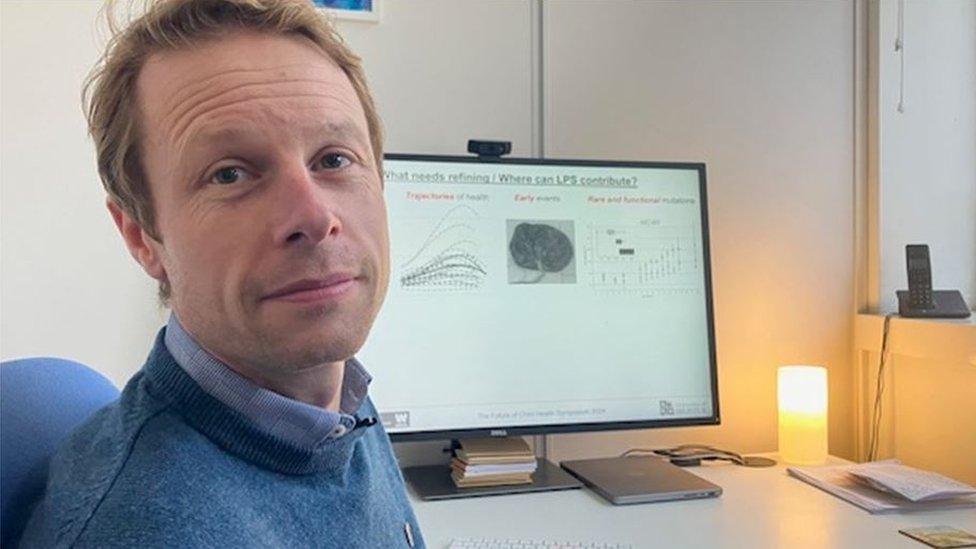
Prof Nic Timpson, principal investigator at Children of the 90s, says the data "will enable life-changing research"
One in five young adults has evidence of fatty liver disease, according to new health research.
Fatty liver disease, mainly caused by alcohol and obesity, traditionally affects people in their 40s to 60s.
But a follow-up study of thousands of 24-year-olds in Bristol showed one in 40 had more advanced disease with liver scarring (fibrosis).
The Children of the 90s, external project has followed tens of thousands of children who were born between 1991 and 1992.
Now the team behind the multi-generational research want more young adults to come forward for follow-up tests to gather a fuller picture of the problem.
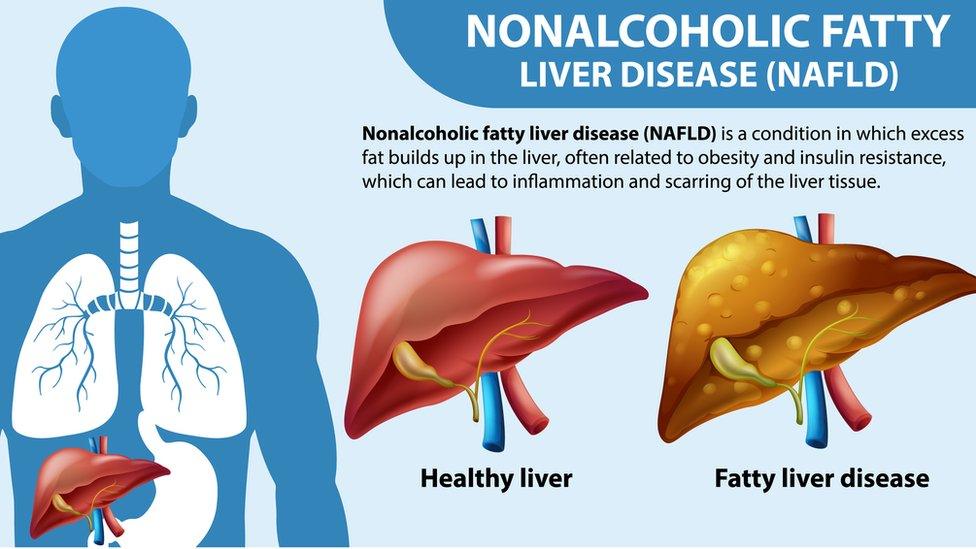
Alcohol and obesity are currently the dominant causes of fatty liver disease in the general population in the UK
Crucially, alcohol and obesity cause worse liver damage when combined, which accounts for the rapid rise in liver-related deaths seen in the UK.
Thus, tackling fatty liver disease among younger people will need to involve targeted measures to reduce alcohol and obesity-related harm.
Four major challenges
• One in five primary school children already leave school with obesity
• Alcohol-related harm costs the NHS £3.5bn/year
• Mortality rates from liver disease have risen more than 400% in the last 50 years
• Almost 70% of people are diagnosed when they first come to hospital with late stage disease complication, with one in six sadly dying during their admission

Freddie Draper, 31, is waiting for results of his liver scan but was shocked to find people his age can be affected
Freddie Draper, 31, is one of thousands who enlisted in the Children of the 90s study to come back for an ultrasound to check out the condition of his liver.
"I just assumed it affected older, unhealthy people," he said.
"What I found most surprising was that the percentage of people in my age bracket suffering from the disease was so high.
"Any disease with no symptoms is pretty scary to be honest.
"Knowing how common it is becoming definitely makes me want to look after myself more and spread the word."
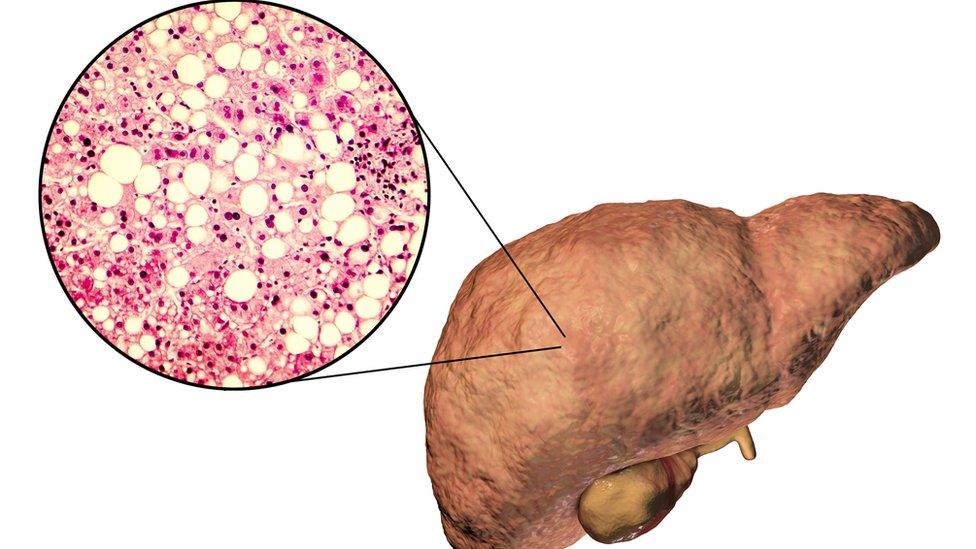
Fatty liver disease is seen as a silent epidemic because symptoms do not emerge until permanent damage is done - but the condition can be reversible if caught in time
The Children of the 90s study, running since 1991, is the only birth cohort in the world to assess liver health in its participants at multiple time points - at age 17, 24, and now as they turn 30.
It found that at age 17, one in 40 participants (2.5%) had evidence of fatty liver disease.
By age 24, one in five (just over 20%) had evidence of fatty liver disease and one in 40 had the more serious liver fibrosis.
Inflammation and fibrosis - scarring - of the liver tissue, can cause cirrhosis or liver failure and lead to cancer if diagnosis is delayed or if left untreated.
The data from the 24-year-olds was taken in 2016-2017, when 4,021 participants had liver scans.
At age 17, 1,874 participants had ultrasound scans of their liver.
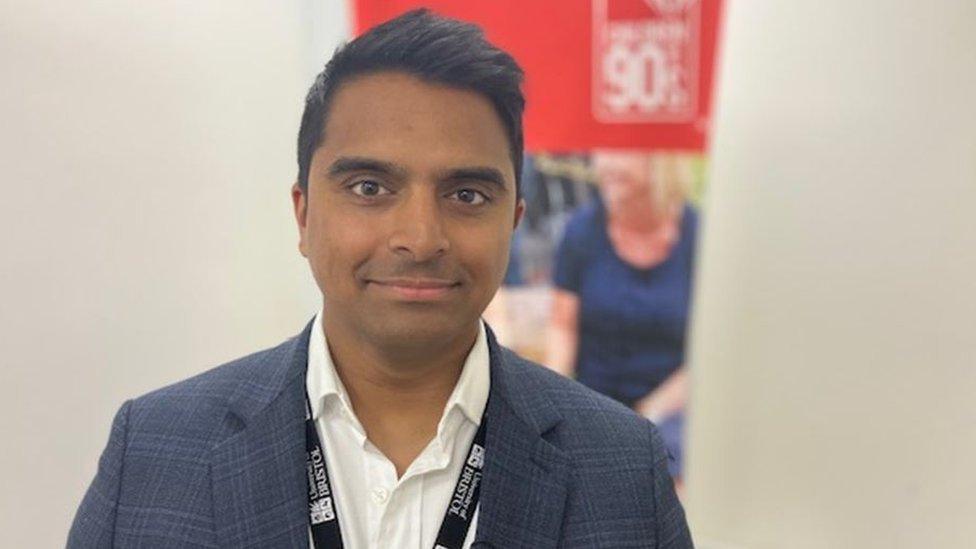
Dr Kushala Abeysekera said the liver can be scarred and damaged without patients being aware
Dr Kushala Abeysekera, a clinical lecturer for the National Institute of Health and Care Research at the University of Bristol, said there was a long phase where people have no symptoms, which provides a window to intervene and reverse liver damage.
"When people develop disease it's usually after years of silent disease, as the liver becomes more and more scarred," he said.
"When the liver does start to fail unfortunately patients can develop fluid in their abdomen, they can become a bit confused and they are at risk of a severe life-threatening bleeds from their gut."
High BMI in adolescence appears to be the best predictor of people going on to develop liver scarring in young adulthood, the research found.
The Children of the 90s team are currently assessing participants, now aged 30, aiming to repeat another 4,000 liver scans.
By understanding the trajectory of liver disease among participants, the team can understand the factors that are causing some people to develop it earlier - providing targets for public health interventions such as screening.
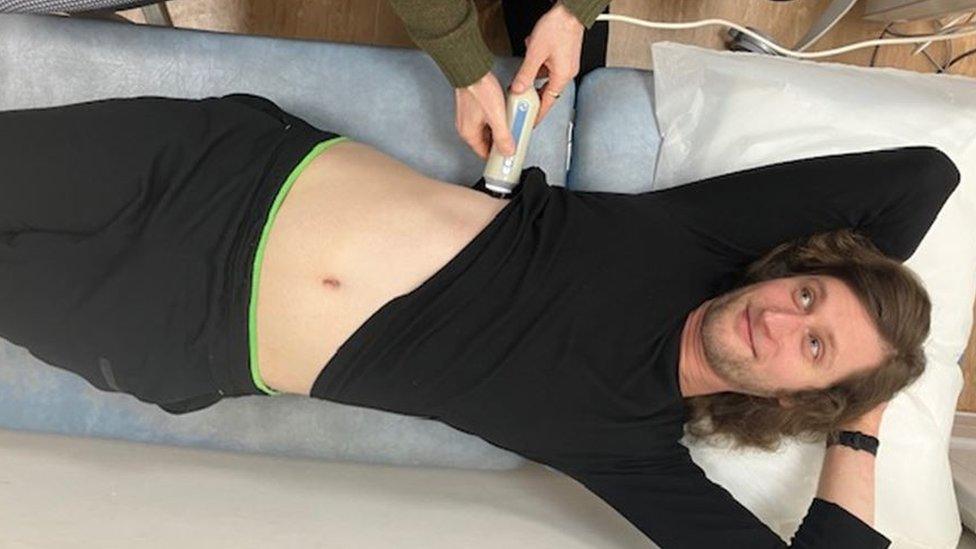
Freddie Draper
The study's latest @30 Clinic is its largest yet - with more than 7,500 people having taken part so far.
Researchers hope a further 2,000 participants will book to attend the clinic before it finishes this summer.
Professor Nic Timpson, principal investigator at Children of the 90s, said: "The health data collected at this clinic will enable life-changing research and have a huge impact across many areas of science."
Children of the 90s is looking for any participants who haven't already attended to come to the clinic before it finishes this summer.
Anyone born in the Bristol, Weston or South Gloucestershire area in 1991-92 might be eligible to take part via text 07772 909090 info@childrenofthe90s.ac.uk
Findings from the team have informed policy and childcare advice worldwide since it began.

Follow BBC Bristol on Facebook, external, X , externaland Instagram, external. Send your story ideas to us on email or via WhatsApp , externalon 0800 313 4630.
- Published16 October 2023

- Published12 May 2022
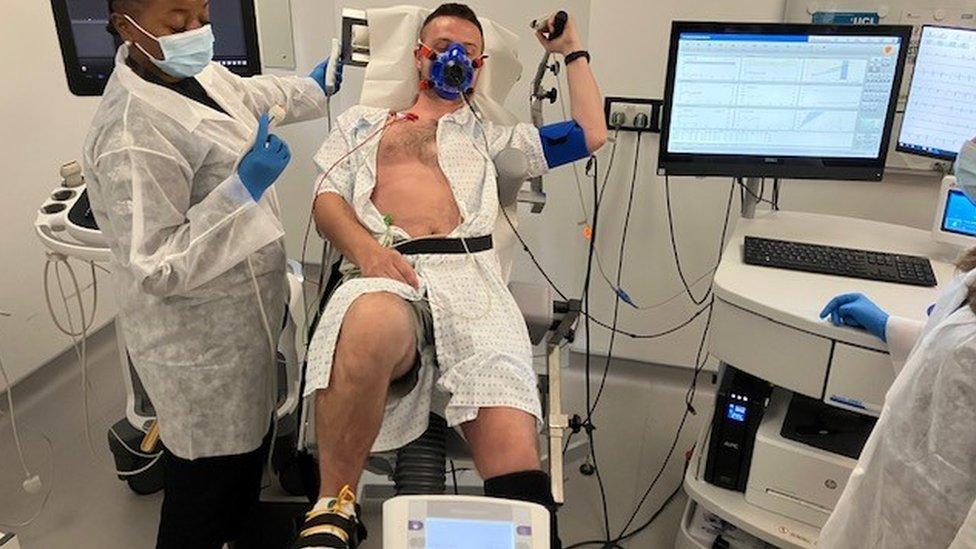
- Published28 April 2021
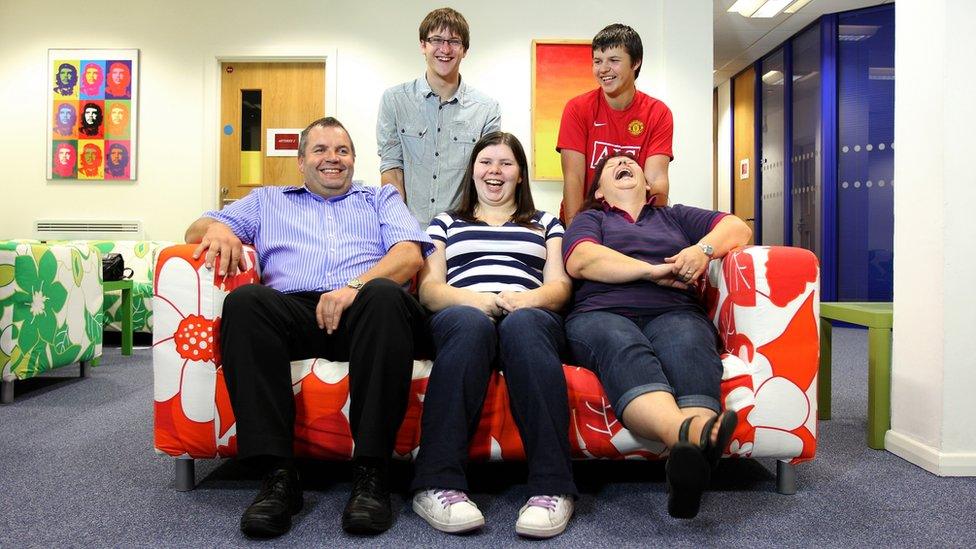
- Published13 April 2018
- Published19 May 2015
